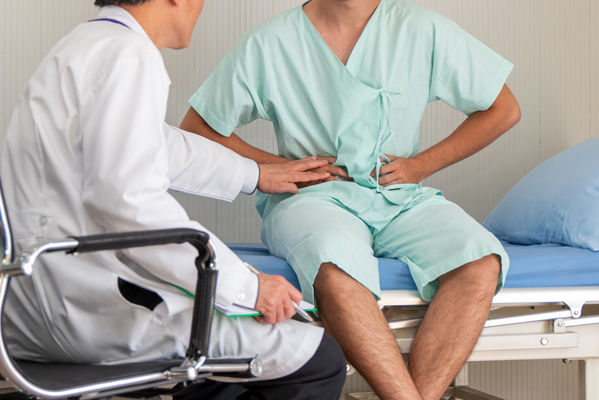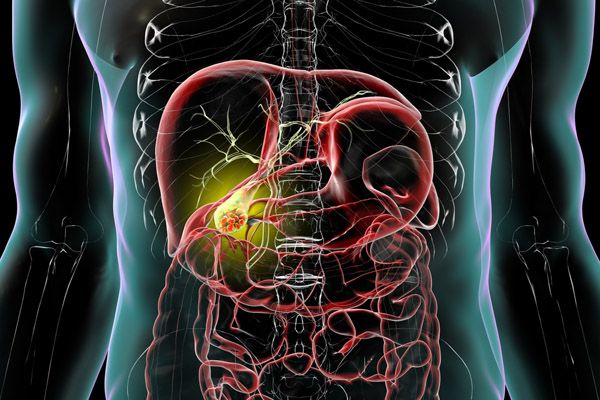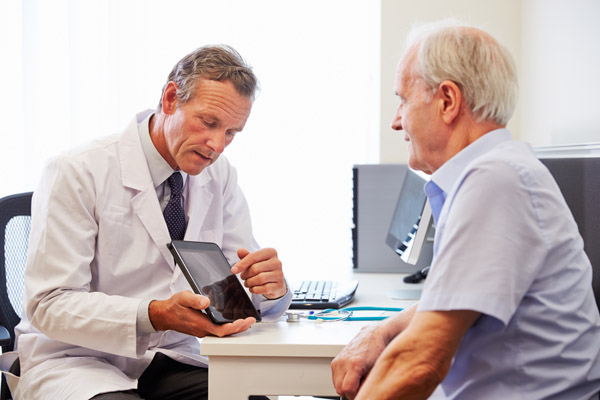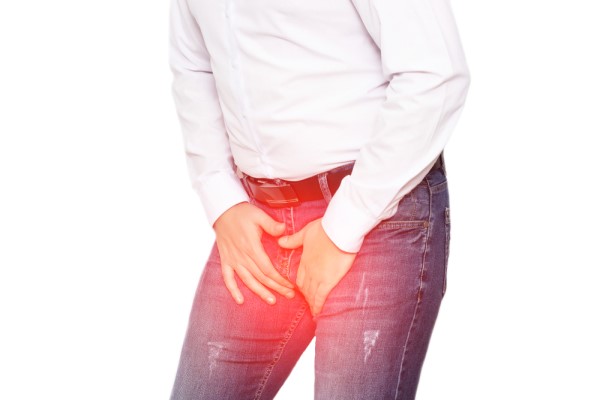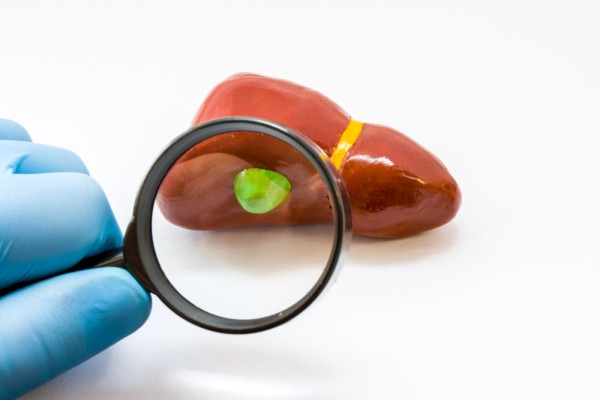Gallstone SurgeryLong Beach, CA
Gallstone surgery, also known as cholecystectomy, is a common procedure used to remove the gallbladder when gallstones cause pain, blockages, or other complications. Gallstones are hardened deposits of digestive fluid that can form in the gallbladder, leading to symptoms such as abdominal pain, nausea, and digestive issues. While some individuals with gallstones remain symptom-free, many benefit from surgical treatment to resolve discomfort and prevent serious health risks.
Associates in General Surgery offers evaluation and minimally invasive treatment for gallbladder issues, including gallstone removal surgery. Patients experiencing abdominal pain, indigestion, or gallbladder attacks are encouraged to seek prompt evaluation. Contact our office to learn more or schedule an appointment.
Causes and Risk Factors for Gallstones
Gallstones form when bile, a digestive fluid produced by the liver, contains too much cholesterol or bilirubin or not enough bile salts. These imbalances can cause particles to crystallize and harden inside the gallbladder. According to the National Institute of Diabetes and Digestive and Kidney Diseases (NIDDK), gallstones are more common in individuals who are overweight, over age 40, or have a family history of gallstone disease.
Additional risk factors include pregnancy, rapid weight loss, high-fat diets, and certain medical conditions like liver disease or diabetes. Women are more likely to develop gallstones due to the influence of estrogen on bile composition. While not all gallstones cause symptoms, the presence of stones increases the likelihood of inflammation, infection, or bile duct obstruction over time.
“Gallstones form when bile contains too much cholesterol or bilirubin or not enough bile salts.”
Symptoms and Complications of Gallstones
Gallstones may not always produce noticeable symptoms. However, when a stone blocks the flow of bile, patients can experience what is known as a gallbladder attack. This usually involves sudden pain in the upper right abdomen, often after eating a fatty meal. The pain may radiate to the back or right shoulder and last for several hours.
Other symptoms may include nausea, vomiting, indigestion, bloating, and fever. When left untreated, gallstones can lead to serious complications such as gallbladder inflammation (cholecystitis), bile duct infection (cholangitis), or pancreatitis. These complications often require emergency surgical intervention to prevent further damage.
“Gallstones can lead to serious complications such as gallbladder inflammation, bile duct infection, or pancreatitis.”
How Gallstones Are Diagnosed
Diagnosing gallstones begins with a thorough evaluation of symptoms and physical examination. A general surgeon may order imaging studies such as an abdominal ultrasound, which is the most reliable and non-invasive way to detect gallstones. In some cases, additional imaging techniques such as a CT scan, HIDA scan, or magnetic resonance cholangiopancreatography (MRCP) can help assess bile duct involvement.
We may also order blood tests to check for signs of infection or liver dysfunction, especially if complications are suspected. Once the presence and location of gallstones are confirmed, the surgeon can determine whether gallstone surgery is the most appropriate course of action.
“An abdominal ultrasound is the most reliable and non-invasive way to detect gallstones.”
Check out what others are saying about our services on Yelp: Gallstone Surgery in Morgan Hill, CA
What to Expect From Gallstone Surgery
The most common procedure to treat gallstones is laparoscopic cholecystectomy. During this minimally invasive surgery, the gallbladder is removed through small incisions in the abdomen using a camera and specialized instruments. The majority of patients go home the same day and recover within one to two weeks.
In rare cases where laparoscopic surgery is not feasible, an open cholecystectomy may be required. This involves a larger incision and a slightly longer recovery period. According to the American Society of Anesthesiologists, laparoscopic surgery is generally preferred due to its lower risk of complications and faster healing time.
After surgery, the body adjusts to digesting food without the gallbladder, which typically causes minimal long-term issues. Most patients experience significant relief from gallstone symptoms and a return to normal activity soon after the procedure.
“Laparoscopic cholecystectomy allows most patients to return home the same day and recover within one to two weeks.”
Life After Gallbladder Removal
Living without a gallbladder is possible without major dietary or lifestyle changes. However, patients may be advised to eat smaller, more frequent meals and reduce high-fat foods during the initial recovery period. The liver continues to produce bile, but it is delivered directly to the small intestine, rather than being stored in the gallbladder.
According to the Johns Hopkins Medicine, most patients recover fully and return to their normal activities shortly after surgery. Long-term complications are rare, though some individuals may experience mild changes in digestion. Ongoing follow-up with the surgeon can help address any concerns during the healing process.
“The liver continues to produce bile, which is delivered directly to the small intestine after gallbladder removal.”
Questions Answered on This Page
Q. What are the symptoms and complications of gallstones?
Q. How are gallstones diagnosed?
Frequently Asked Questions
Q. Is gallstone surgery always necessary?
A. Not all gallstones require surgery. Asymptomatic gallstones may not need treatment. However, if symptoms such as pain, nausea, or digestive issues are present, or if complications arise, surgery is typically recommended for relief and prevention of further health risks.
Q. How long is the recovery time after gallstone surgery?
A. Recovery from laparoscopic gallstone surgery typically takes one to two weeks. Most patients return to light activities within a few days. Recovery from open surgery may take longer, depending on the individual’s overall health and the complexity of the procedure.
Q. Can gallstones come back after surgery?
A. Gallstones cannot return once the gallbladder is removed since the organ that forms them is no longer present. However, some patients may experience bile duct stones, which require additional monitoring or treatment.
Q. What foods should be avoided after gallbladder removal?
A. Initially, patients are advised to limit high-fat, fried, or greasy foods that may cause digestive discomfort. Over time, most people can return to a balanced diet, although eating smaller, more frequent meals is often recommended for comfort and convenience.
Q. Is gallstone surgery safe?
A. Gallstone surgery is considered safe and effective for most patients. Laparoscopic techniques have a low risk of complications, especially when performed by an experienced general surgeon. As with any surgery, we will discuss the potential risks during the preoperative consultation.
Get Relief From Gallstone Pain With Surgical Care
Gallstones can interfere with daily comfort and may lead to severe complications if untreated. Gallstone surgery offers a long-term solution for patients with recurring symptoms or gallbladder-related emergencies. With minimally invasive techniques and expert care, most patients enjoy a quick recovery and lasting relief.
Associates in General Surgery is here to help you explore your options for gallstone surgery. Contact us today to schedule a consultation and discover your treatment options.
Contact Us
Associates in General Surgery is located at
701 E 28th St Ste 117A
Long Beach, CA 90806

